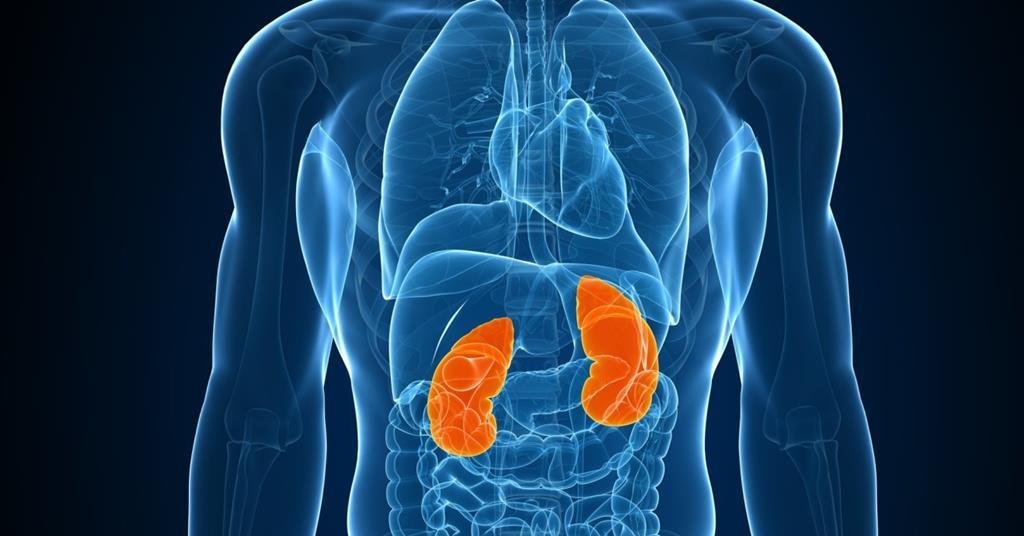Medical Science
Cerebrospinal Fluid Abnormalities in Various Disorders

Cerebrospinal Fluid Abnormalities in Various Disorders
| Condition | Pressure* | WBCs/muL* | Predominant Cell Type | Glucose | Protein* |
| Normal | 100–200 mm H2O | 0–3 | L | 50–100 mg/dL (2.78–5.55 mmol/L) | 20–45 mg/dL |
| Acute bacterial meningitis | ↑ | 100–10,000 | PMN | ↓ | > 100 mg/dL† |
| Subacute meningitis (eg, due to TB, Cryptococcus infection, sarcoidosis, leukemia, or carcinoma) | N or ↑ | 100–700 | L | ↓ | ↑ |
| Acute syphilitic meningitis | N or ↑ | 25–2000 | L | N | ↑ |
| Paretic neurosyphilis | N or ↑ | 15–2000 | L | N | ↑ |
| Lyme disease of CNS | N or ↑ | 0–500 | L | N | N or ↑ |
| Brain abscess or brain tumor | N or ↑ | 0–1000 | L | N | ↑ |
| Viral infections | N or ↑ | 100–2000 | L | N | N or ↑ |
| Idiopathic intracranial hypertension | ↑ | N | L | N | N or ↓ |
| Cerebral hemorrhage | ↑ | Bloody | RBC | N | ↑ |
| Cerebral thrombosis | N or ↑ | 0–100 | L | N | N or ↑ |
| Spinal cord tumor | N | 0–50 | L | N | N or ↑ |
| Multiple sclerosis | N | 0–50 | L | N | N or ↑ |
| Guillain-Barré syndrome | N | 0–100 | L | N | > 100 mg/dL |
| Lead encephalopathy | ↑ | 0–500 | L | N | ↑ |
| *Figures given for pressure, cell count, and protein are approximations; exceptions are common. Similarly, PMNs may predominate in disorders usually characterized by lymphocyte response, especially early in the course of viral infections or tuberculous meningitis. Alterations in glucose are less variable and more reliable. | |||||
| †Up to 14% of patients may have a CSF protein level < 100 mg/dL in the initial lumbar puncture sample. | |||||
| L = lymphocyte; N = normal; PMN = polymorphonuclear leukocyte; ↑= increased; ↓= decreased. | |||||



